Looking for the best full-frame camera? From Canon to Nikon to Sony to Panasonic, we’ve tested the latest and greatest models from every big-name manufacturer. Whether you’re shopping for your first full-frame DSLR or searching for a flagship mirrorless upgrade, the list below features our pick of the very best full-frame cameras you can buy in 2021.
Full-frame cameras have long been popular with pro photographers. Thanks to sensors that are significantly bigger than those found in APS-C, Micro Four Thirds and compact models, full-frame cameras deliver much better image quality, as well as superlative low-light performance.
Hot competition in the full-frame market is good news for both enthusiasts and professionals. With brands competing to deliver the top full-frame performance at the best possible value, consumers have more choice than ever before when it comes to selecting their ideal full-frame camera.
If you're worried about your budget, it's a good idea to hold steady until Amazon Prime Day 2021. We expect lots of cameras to see some good discounts, with perhaps the hot money being on older full-frame models being in for some hefty savings.
Our top pick for the title of best full-frame camera is currently the Canon EOS R6. Launched in 2020 alongside the pricier Canon EOS R5, it’s at the forefront of the company’s full-frame comeback. While its 20MP resolution isn’t the highest around, the R6 is pretty much the complete package for stills photographers, with best-in-class autofocus and excellent in-body image stabilization.
If you’d prefer something with a higher sensor resolution – or you’re a fan of Nikon cameras – there are a lot of other options to consider. The Nikon Z6 II, for example, is a very close rival to the EOS R6, promising excellent image quality and exemplary handling. There’s also the Nikon Z5, which is a solid choice if you’re looking for a versatile entry-level full-frame camera.
The likes of Sony, Panasonic and Leica also have plenty to offer, depending on your needs and budget. The recently released Sony A1, for example, is an incredibly powerful full-frame flagship, offering super-fast autofocus and outstanding image quality for photographers with deep pockets. Or if you want a full-frame camera with a more compact body, the Panasonic Lumix S5 deftly squeezes excellent video specs into a smaller shell.
Every camera recommended in the list below has been picked because it offers an exemplary full-frame photography experience. We’ve included models to suit every preference and price range: there are 8K mirrorless cameras for videographers, full-frame DSLRs for those who treasure the format’s renowned handling and high-end flagships for photographers who simple need the best they can get. Whatever you’re looking for in a full-frame camera, our buying guide will help you find it.
Coming soon...
Several manufacturers have declared that they have full-frame flagships in the pipeline, which promise to continue the trend of boundary-pushing full-frame performance over the next year.
Announced in March, the Nikon Z9 will be the first full-frame flagship to utilise the firm’s Z mount. Nikon claims it will offer “the best still and video performance” of any camera in the brand’s history. There’s no concrete word on release date or pricing, but Nikon has revealed that the Z9 will feature a new FX-format stacked CMOS sensor, a fresh processor and support for 8K video – all of which should see it square-off directly against Canon’s top full-framers.
Canon isn’t standing still, either. In April, the Japanese manufacturer revealed that it’s working on another addition to its growing EOS R line - the EOS R3. As with the Nikon Z9, details about timing and pricing are yet to be confirmed, but Canon has shared some information regarding the EOS R3’s capabilities. Set to feature Canon’s new 35mm full-frame, back-illuminated stacked CMOS sensor, driven by a Digic X processor, the pro model will reportedly be capable of continuous shooting at a super fast 30fps. The R3 also promises to deliver a revolution in autofocus: deep-learning algorithms will reportedly introduce the ability to track torsos, while eye control autofocus will adjust the AF frame based on user eye movement.
Elsewhere, Panasonic has promised to “strengthen” its full-frame lineup, while Sony is rumoured to be working on the A7R V, a powerhouse successor to the full-frame A7R IV.
We’ll bring you all of the latest information about these new models as soon as it’s available, and we’ll be first in line to test them when they’re launched. Until then, check out the list below to find the best full-frame cameras you can buy right now.
Best full-frame cameras in 2021:
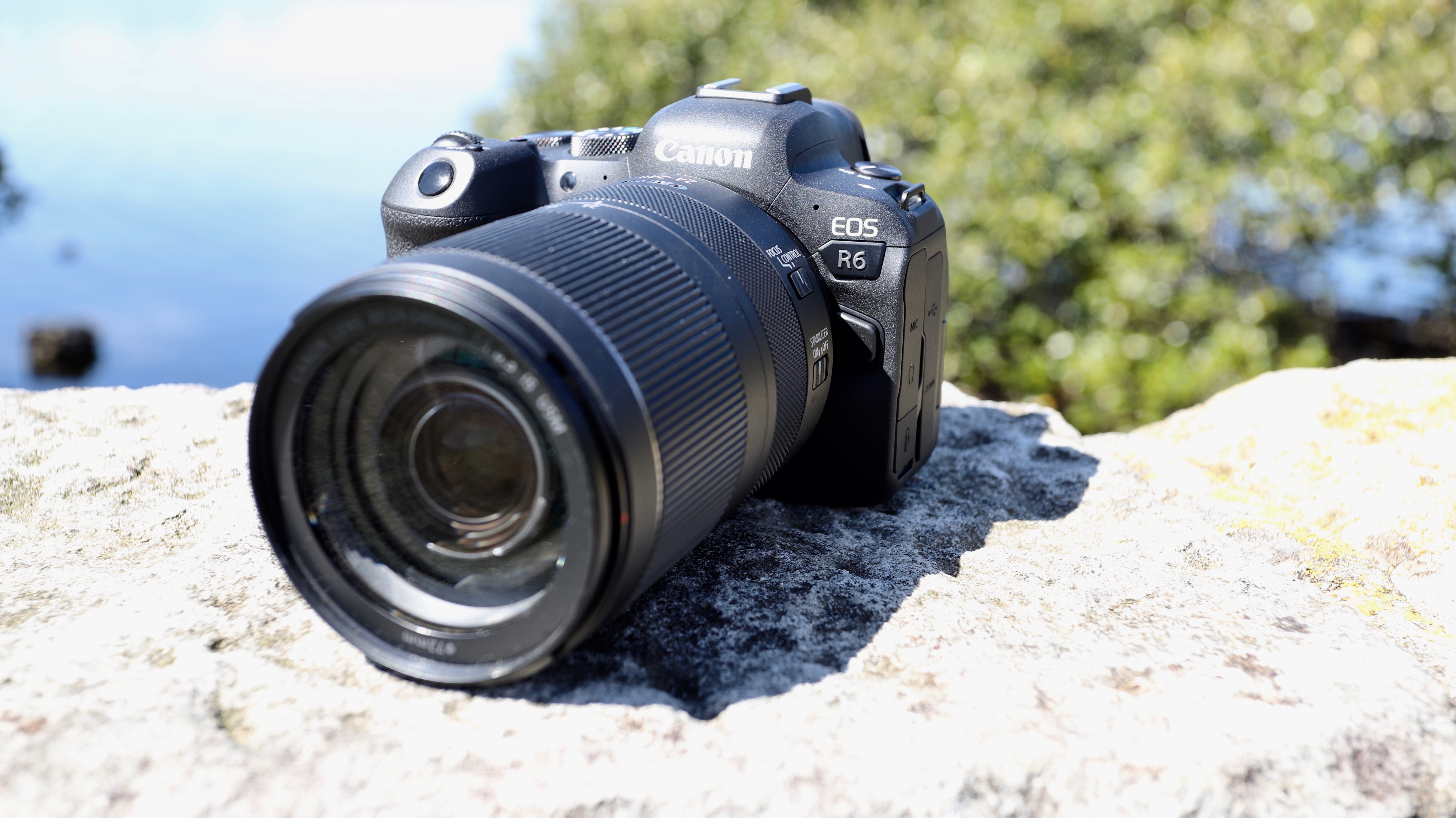
A more affordable version of the powerhouse EOS R5, Canon’s EOS R6 might well become Canon’s most popular camera – and for good reason. An ergonomic design means the R6 is comfortable for all-day use and, paired with Canon’s outstanding first effort at in-body image stabilization, proves an absolute pleasure to shoot with.
Its video specs can’t rival the R5’s 8K skills, but shooting 4K/60p across the full width of the sensor is hardly shabby. In any case, Canon has made clear the EOS R6 is a stills camera first and foremost. And it’s an excellent one: 12fps mechanical burst speeds jump to 20fps when you switch to the electronic shutter, while the addition of Dual Pixel CMOS autofocus to the 20.1MP sensor results in a significant improvement to autofocus and tracking performance.
The EOS R6's sensor resolution won’t grab headlines and JPEG dynamic range can be a little disappointing, with a lack of detail in highlights and shadows, but overall image quality is still darn good. There’s no question that the EOS R6 represents a massive upgrade from the EOS 6D Mark II – or even the EOS R and EOS RP – though its performance doesn’t come cheap.
- Read our in-depth Canon EOS R6 review

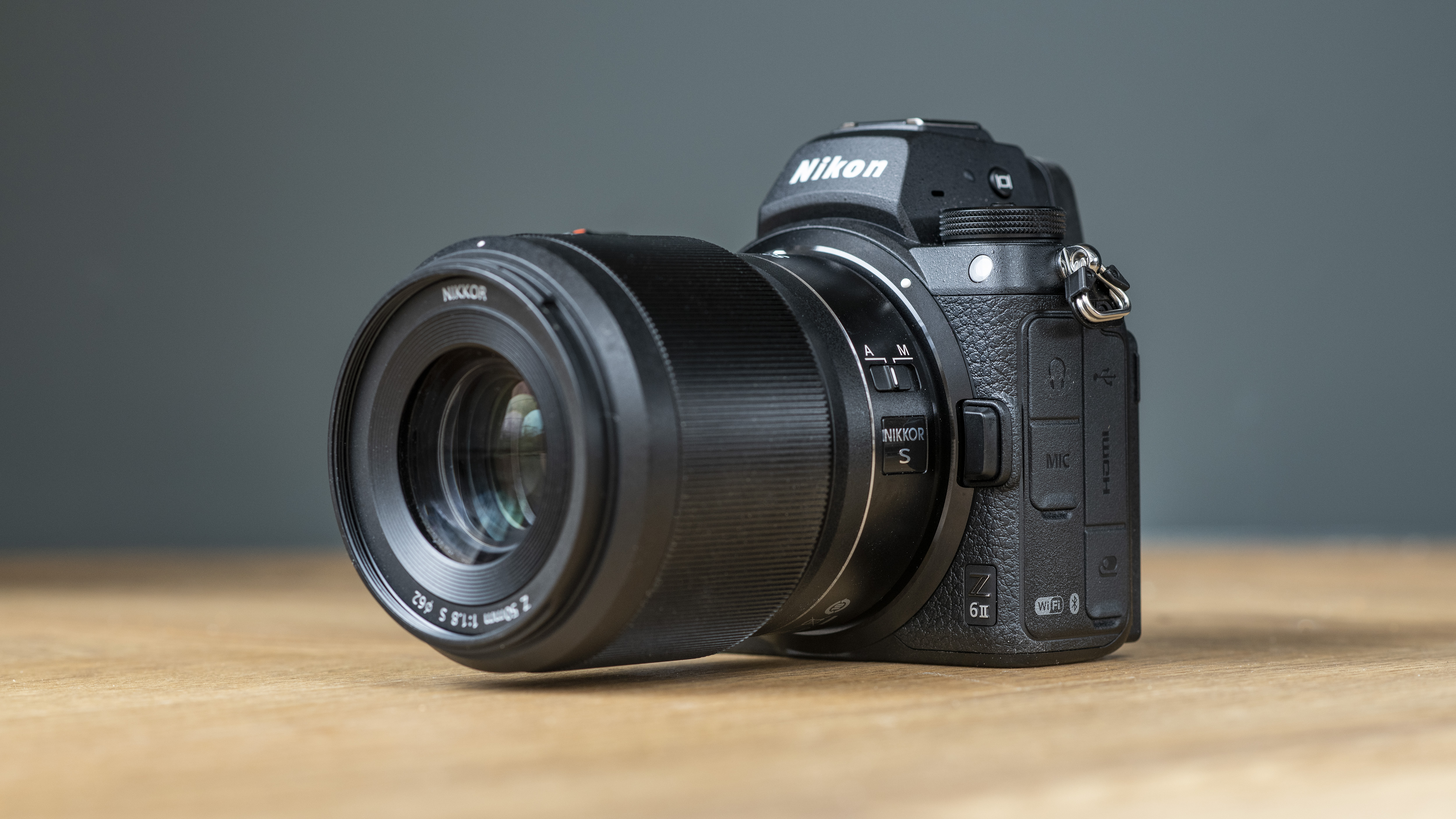
With a great blend of performance, handling and value, the Nikon Z6 was one of our favorite full-frame mirrorless cameras. The Z6 II takes that very capable base and smooths out a few wrinkles to deliver an even more polished shooting experience.
Unchanged is the 24.5MP CMOS sensor, which continues to capture excellent detail and plenty of dynamic range. The main addition is a second EXPEED 6 image processor, which boosts burst shooting to a maximum of 14fps and improves autofocus performance. Video has also been enhanced, with a firmware update due in February 2021 set to unlock 4K capture at 60p, to compliment the new 10-bit HLG HDR output option.
In the hand, magnesium alloy body parts, weather sealing and a comfy grip make the Z6 II feel more durable than rivals, while a new UHS-II SD card slot resolves one of its predecessor’s key weaknesses. Though the updates might seem relatively modest, the Z6 II is an even more competent all-rounder as a result, making it the most consistent full-frame camera you can buy.
- Read our in-depth Nikon Z6 II review

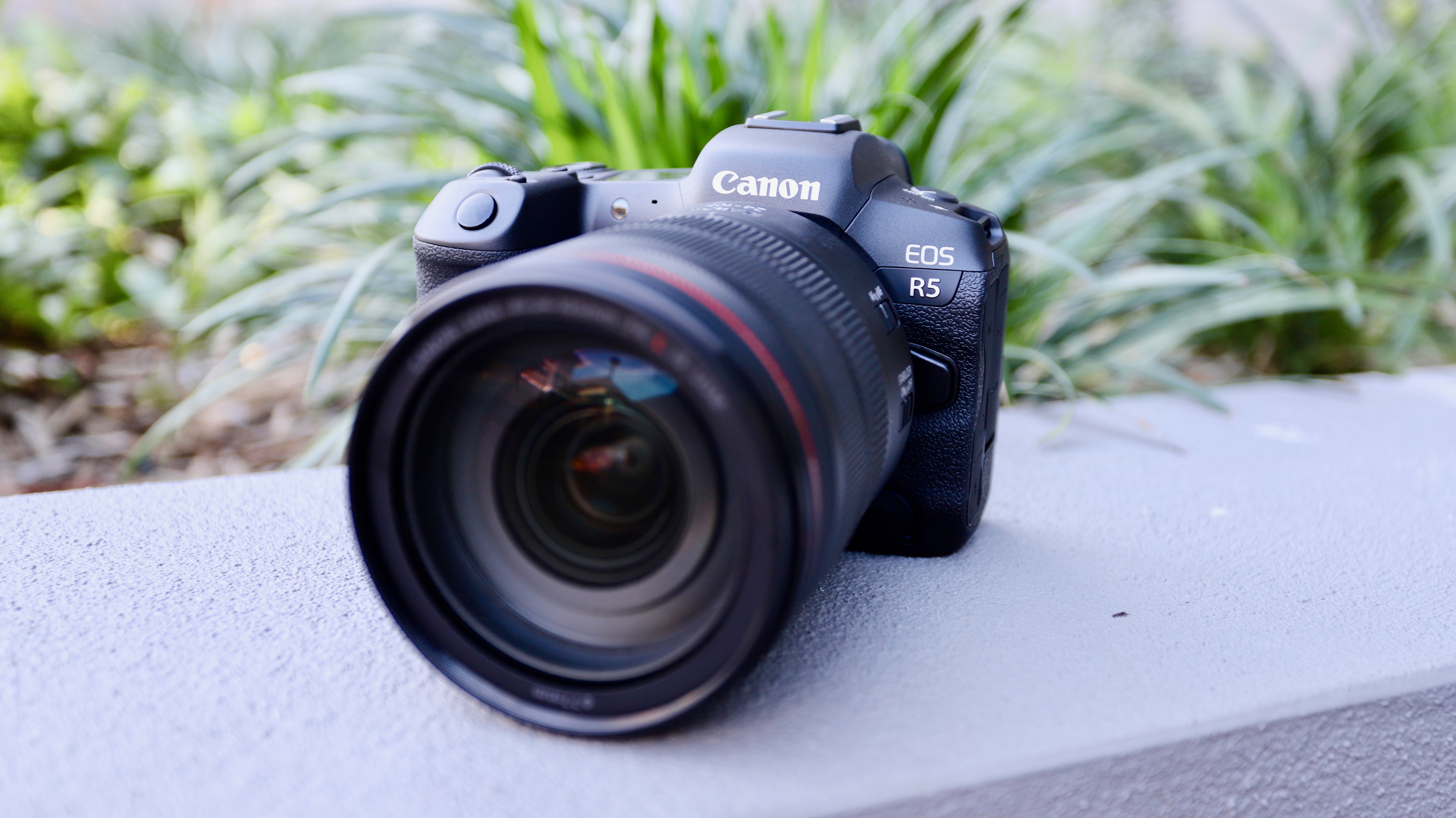
As its spec sheet confirms, the new Canon EOS R5 is an incredibly powerful tool. In fact, it’s Canon’s best mirrorless camera to date. The 45MP full-frame sensor is exceptional, producing superlative images in low light, with fantastic noise-handling even past ISO 4000.
Next-gen Dual Pixel autofocus, backed up by Canon’s Digic X processor, is similarly excellent, with outstandingly accurate tracking and animal detection skills that will blow away safari shooters. The electronic shutter also delivers rapid 20fps continuous shooting, completing a package that’s as capable on the street as it is in the studio.
Less solid are its hybrid credentials: while it’s hard to ignore 8K footage at up to 30fps – and 4K at up to 120fps – the R5’s versatility for videographers is limited by heat restrictions on recording times, with long ‘cool down’ periods. What’s more, the EOS R5 represents a serious investment, especially if you shell out for the speedy CFexpress cards needed to unlock its ultimate performance. But if money is no object, it’s arguably the top full-frame option for stills photographers.
- Read our in-depth Canon EOS R5 review

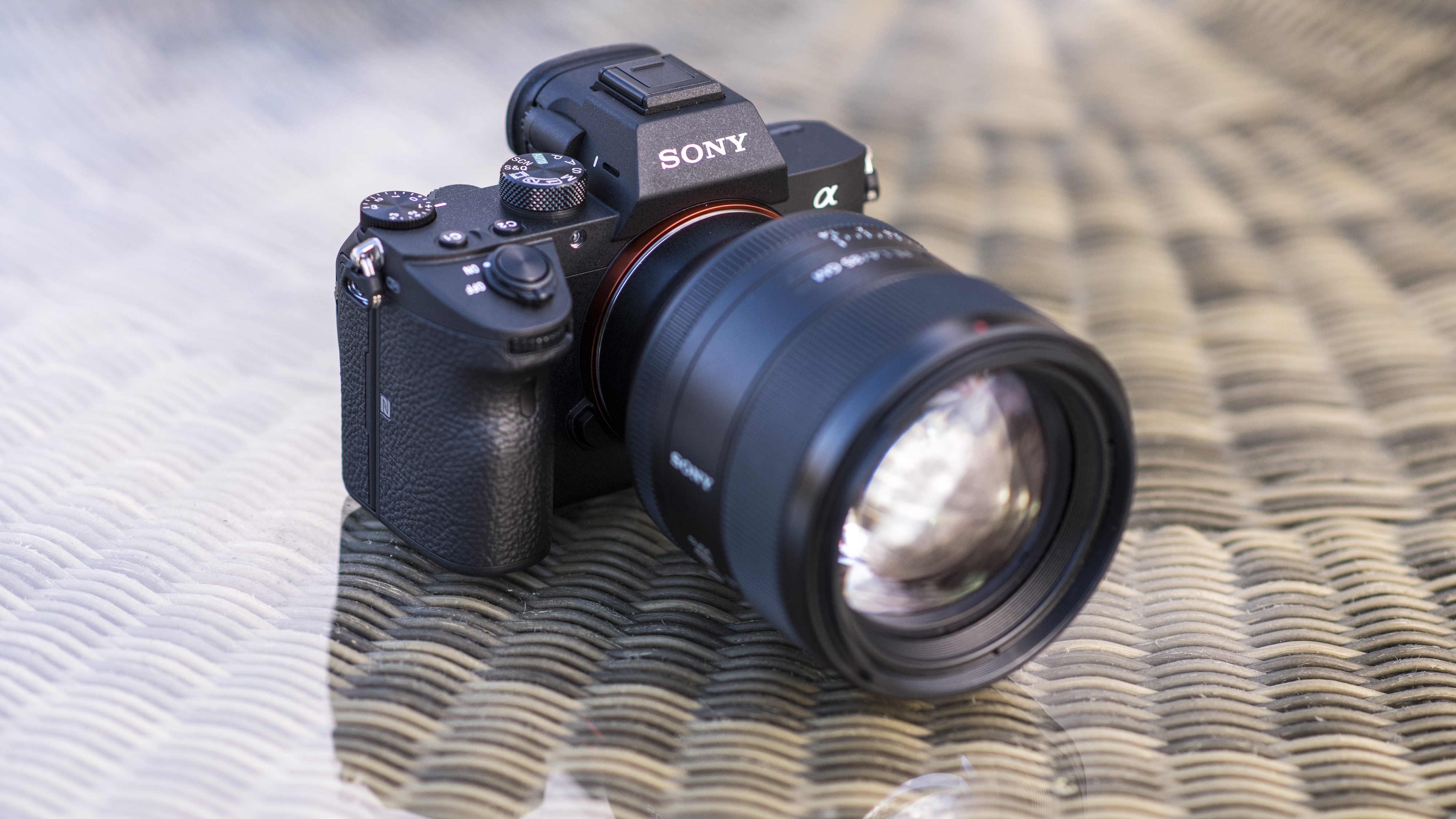
The A7 III has become a firm favourite among enthusiasts and pros these last few years, and for good reason. In contrast to the more niche A7R IV and A7S II, the A7 III is a camera for everyone, whether they shoot stills or videos, action or static subjects, indoors or out.
The sensor has a modest 24MP resolution, but its backlit design makes for better light gathering, while the advantage of sensor-based stabilization means you don't need to worry about this being in your lenses, which is something many other mirrorless cameras don't have as standard.
Add to that a 710-shot battery life – impressive for a mirrorless camera – a slew of video-specific features and the EyeAF feature for tack-sharp portraits and you have yourself quite some camera, despite its relative old age.
- Read our in-depth Sony Alpha A7 III review

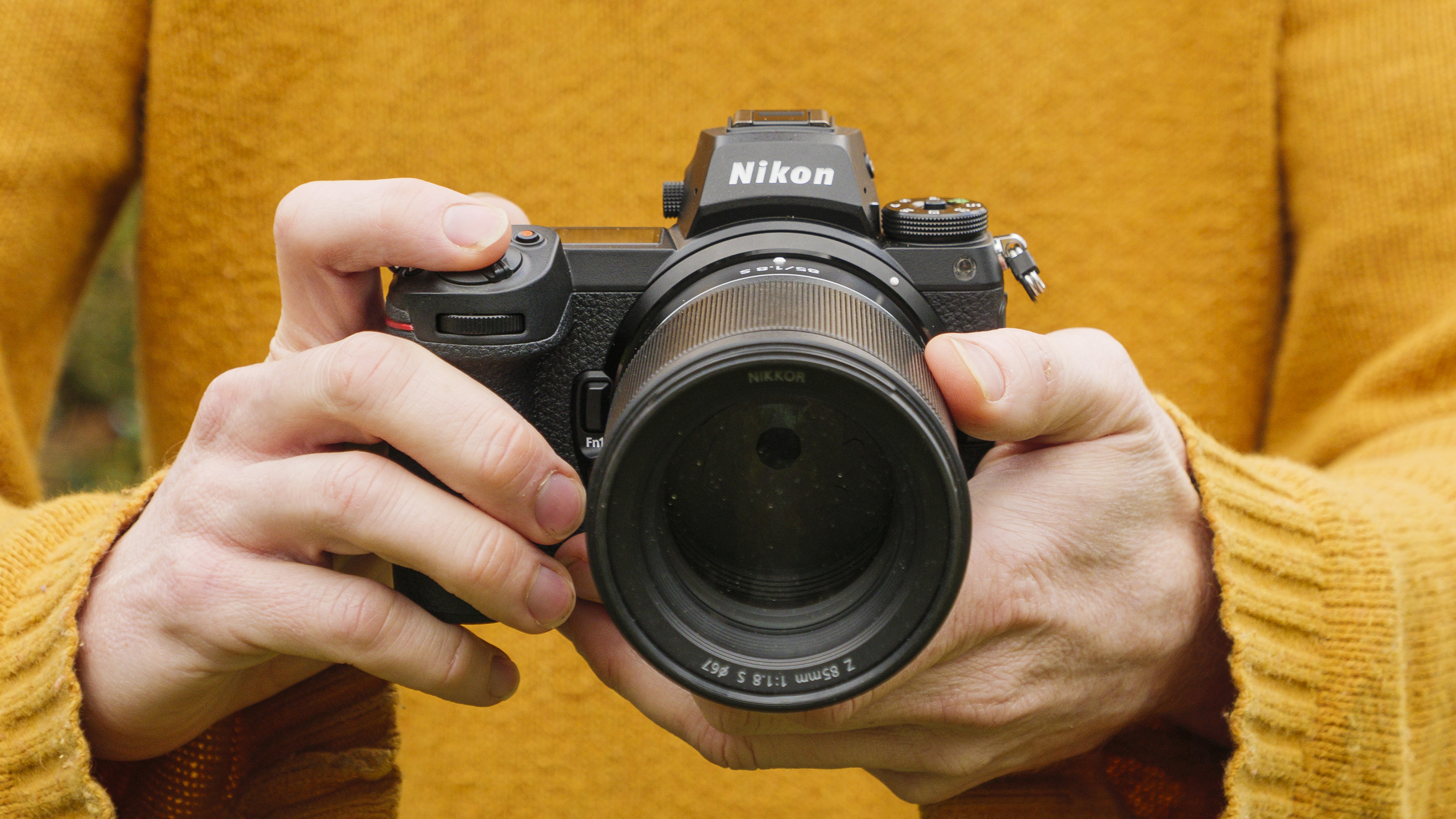
It might seem like a modest upgrade over the original Z7, but this second-generation of Nikon’s mirrorless model features just enough tweaks to make it a compelling proposition.
Physically it’s very familiar, retaining the excellent form factor and handling of the Z7. Also the same is the 45.7MP full-frame sensor we raved about before, which continues to deliver sharp detail from edge to edge, as well as class-leading dynamic range. One of the key revisions is processing power: twin Expeed 6 chips serve up speedier all-round performance, with improved autofocus, including quick and reliable eye-detection AF.
Deeper buffers mean 10fps burst rates can be sustained for longer, while a pair of SD/CFexpress card slots enhance versatility. Video features have been improved, too, with internal 4K 60fps and Full HD 120fps now possible. Sure, it might not tread much new ground, but aggressive pricing adds to the appeal of the Z7 II, as does a growing catalogue of Z system lenses and accessories. If you’re looking to switch from a Nikon DSLR, it’s well worth considering.
- Read our in-depth Nikon Z7 II review

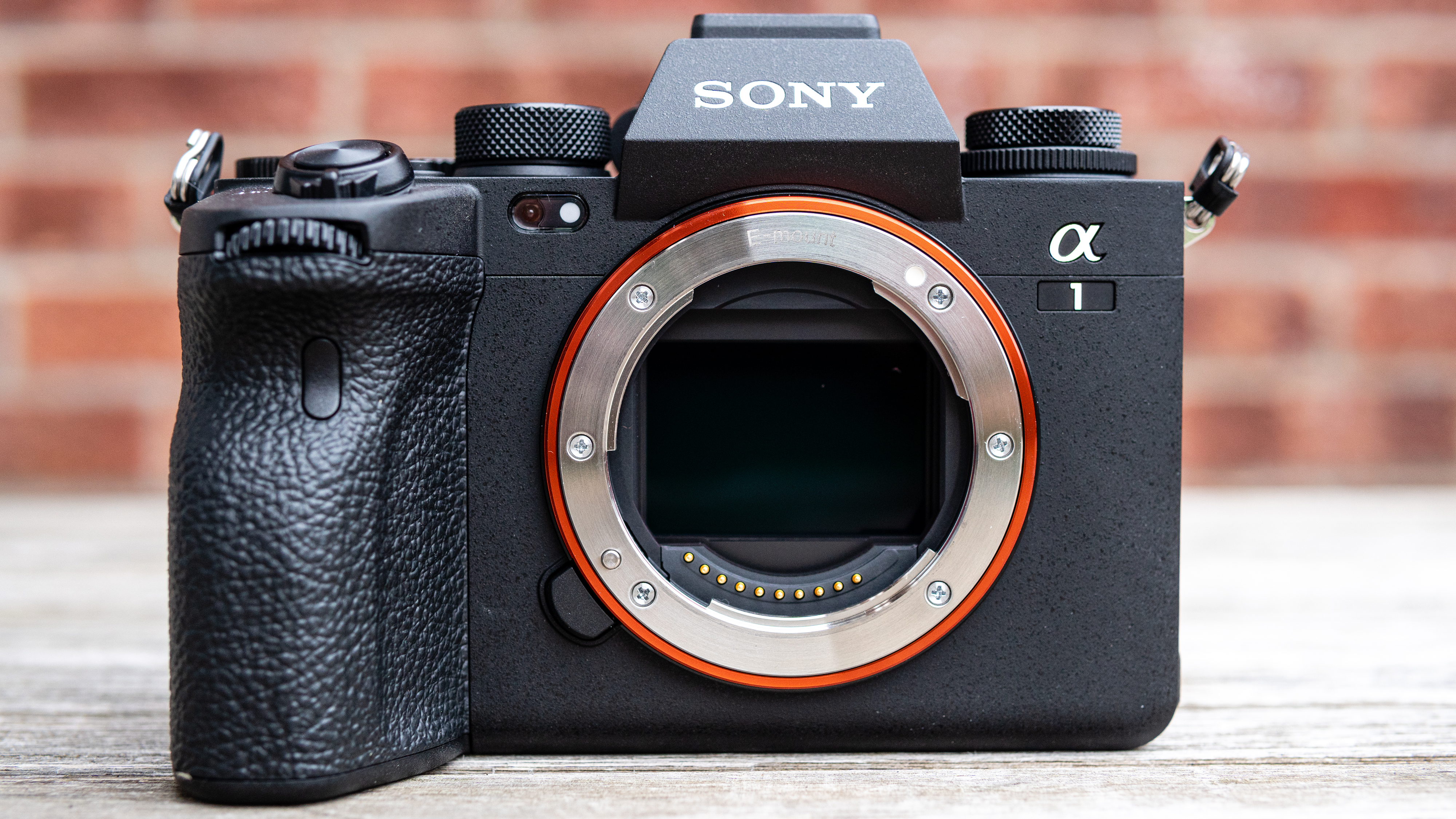
Remarkable in every respect, the Sony A1 is all the camera you could ever want – provided you’ve got deep pockets. Its 50.1MP full-frame sensor delivers image quality that’s second-to-none, backed up by ultra-rapid autofocus and blistering burst speeds. Besides capturing incredibly detailed high-resolution stills, it can also shoot 8K raw video at 30fps, while pro connectivity options allow for high-speed workflows. Physically, the A1 is a familiar, well-balanced blend of the best bits from Sony’s A7 and A9 series models, complimented by a 9.44-million-dot OLED EVF which more than makes up for the average screen. If you can get to grips with the slightly complex menu system, the A1’s outstanding skills set a new benchmark for mirrorless performance – whether you’re shooting studio portraits, sports action or wildlife footage. There are specialist cameras which offer better value, but for the ultimate in full-frame versatility, the Sony A1 is top of the pile.
- Read our in-depth Sony A1 review

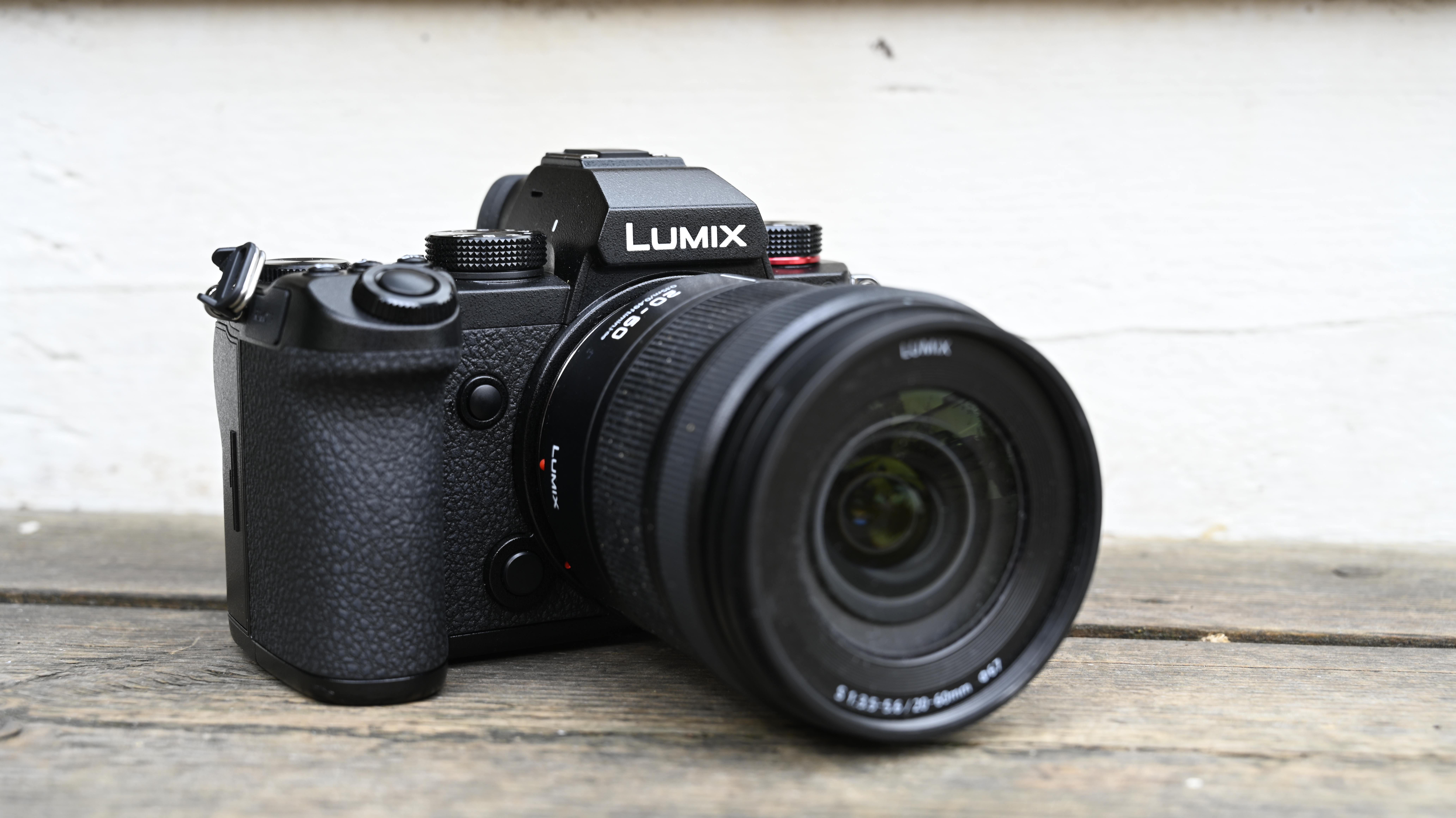
Combining a full-frame sensor with a compact but ergonomic body, the Lumix S5 shows that Panasonic has learnt lessons from its early full-frame mirrorless models.
At its heart is the same 24.2MP sensor found in the S1, which we already know is capable of producing fantastic imagery. Paired with improved autofocus, a fully articulating touchscreen and the option to shoot uncropped 4K at 30p – plus 10-bit internally – the Lumix S5 makes an excellent travel camera for vloggers and stills photographers alike.
There are, of course, a few compromises as a result of its smaller, lighter body: the 2.36m-dot electronic viewfinder offers less than half the resolution of the S5’s older siblings, while the maximum continuous frame rate is fairly pedestrian at 7fps. Plus some of the larger L Mount lenses significantly increase the size of the whole system.
All the same, the Lumix S5 is an extremely functional full-frame hybrid. It’s comfortable to shoot with and capable of producing excellent results in a range of lighting conditions, yet takes up less satchel space than the GH5.
- Read our in-depth Panasonic Lumix S5 review

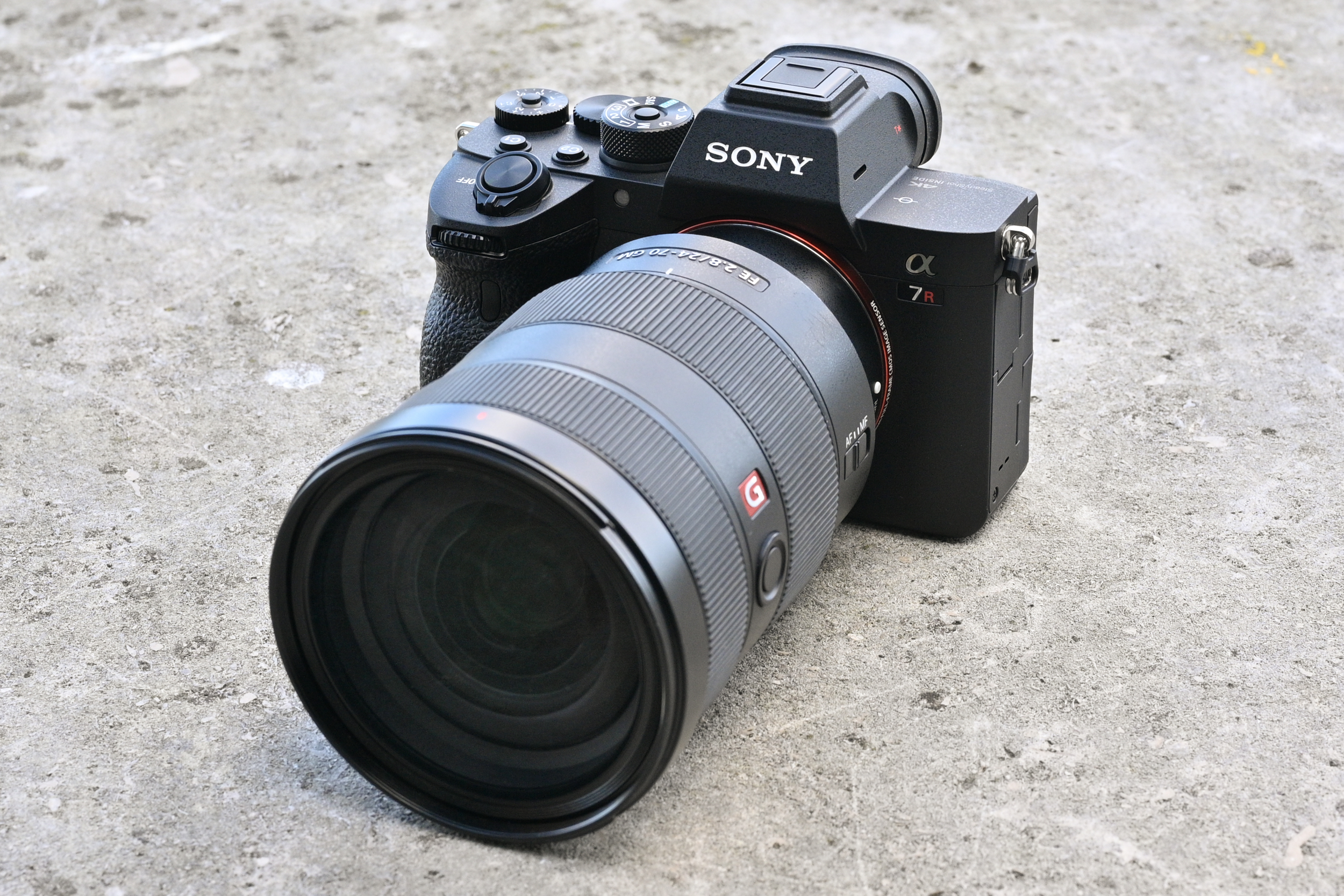
The A7R IV is the studio-friendly camera in Sony’s full-frame line-up, albeit one that's just as at home shooting action or landscapes. It has an extremely high resolution 61-megapixel sensor, up from 42.4 megapixels in the last version. Such a high pixel count lets the camera retrieve incredible amounts of detail when mounted to a sturdy tripod, in controlled lighting. Noise predictably creeps in more quickly than in a lower-resolution full-frame model, but this is an excellent all-round camera. And while it demands careful shooting for the best results, effective stabilization means it still works well handheld. 4K video quality is great too, aside from some rolling shutter effect.
- Read our in-depth Sony Alpha A7R IV review

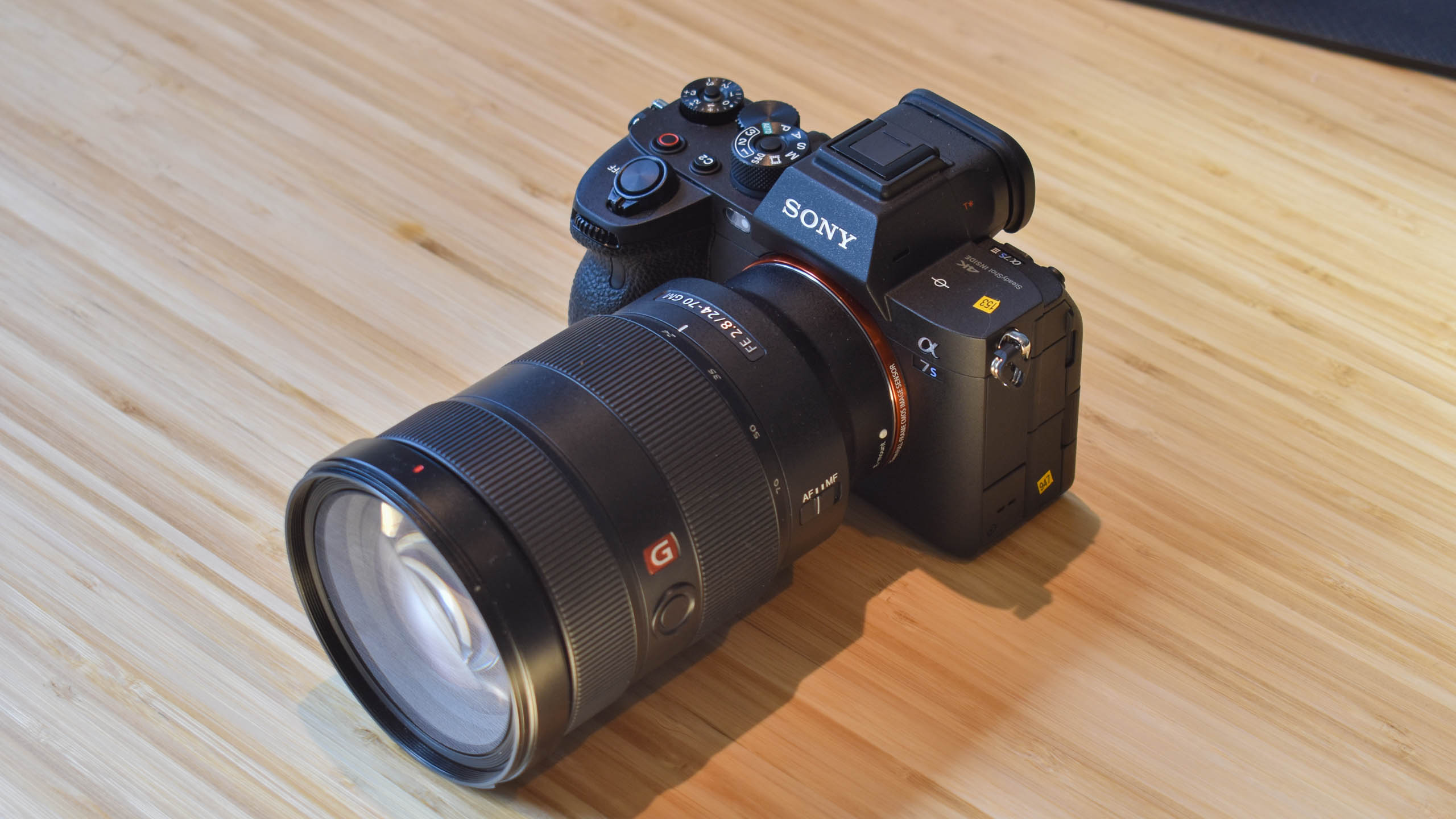
It was a long time coming, but the Sony A7S III was well worth the wait for video shooters. A complete overhaul of its predecessor, this video-focused full-framer brings a new articulating touchscreen, touch interface, full-sized HDMI port and improved in-body image stabilization. Perhaps most importantly, the combination of a new back-illuminated 12.1MP full-frame sensor and Bionz XR processor delivers hugely impressive image quality, particularly at high ISOs, plus a powerful autofocus system that gives you more granular control than before. Yes, that 12.1MP resolution is a touch on the low side for stills shooters, but the A7S III certainly shouldn't be discounted as a hybrid camera, particularly if you mainly take photos for social media or thumbnails for your video content.
- Read our in-depth Sony A7S III review

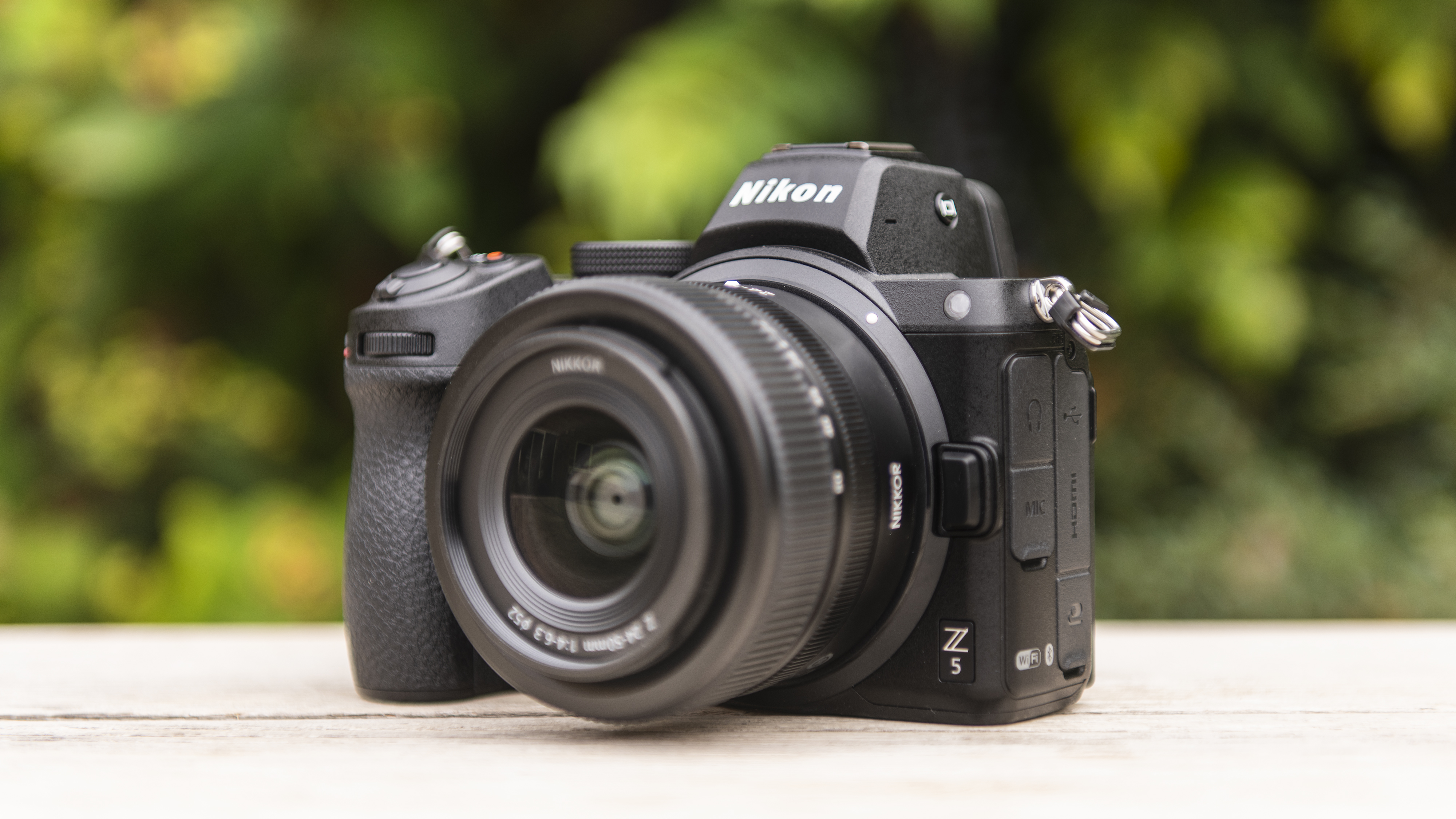
A dead-ringer for the Nikon Z6 (above), Nikon’s latest large-sensor effort is the best entry-level full-frame mirrorless camera on the market. As a beginner’s option, it ticks a lot of boxes. Its weather-sealed body features a big, comfy grip and a neat control layout that’s accessible in the hand, with a 3-inch tilting touchscreen that makes menu navigation a cinch. The 24.2MP full-frame sensor inside serves up lovely images in a range of shooting scenarios, while the large, bright EVF is fantastic for framing shots. Autofocus is very impressive, too, with the 273-point hybrid system working well for both static and moving subjects. There are some compromises, though: the 4.5fps burst speed is underwhelming, while a 1.7x crop on 4K footage is disappointing. And if you regularly shoot in low-light, the back-illuminated sensor of the Z6 performs better at higher ISOs. Still, the Z5 delivers plenty for those looking for their first full-frame camera – provided you have a healthy budget. It’s pricier than several rivals and, as the cost of the older but more capable Z6 continues to fall, buyers will have a tricky choice to make.
- Read our in-depth Nikon Z5 review

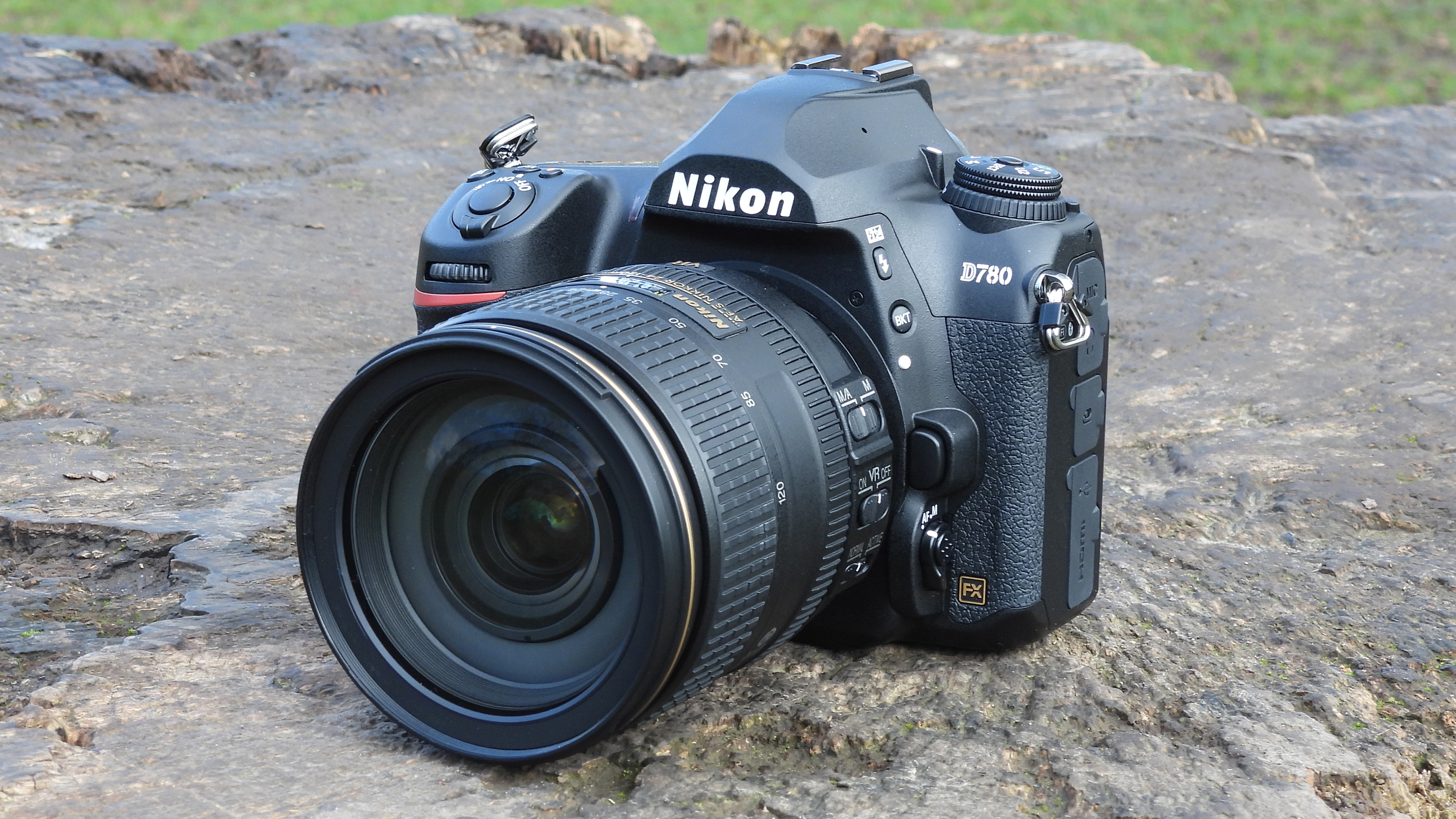
Don’t believe the naysayers: the DSLR isn’t dead and the Nikon D780 proves it. One of the best full-frame cameras you can buy, it delivers a fantastic shooting experience that should appeal to fans of DSLR handling, while also offering many modern features familiar to mirrorless users. Its sturdy, water-resistant magnesium alloy body might be big and heavy, but the trade-off is a satisfyingly chunky grip. Image quality from the D780’s full-from 24.5MP sensor is truly fantastic, too, aided by Nikon’s EXPEED 6 image processor. Exposures are nicely balanced, courtesy of a metering and scene recognition system borrowed from the D850, while the 273-point on-chip phase detection system – as used by the mirrorless Z6 – ensures fast and reliable autofocus performance when using Live View on the tilting touchscreen. The lack of in-body image stabilization is a shame, but superlative battery life rounds out what is a superb – if pricey – full-frame all-rounder.
- Read our in-depth Nikon D780 review

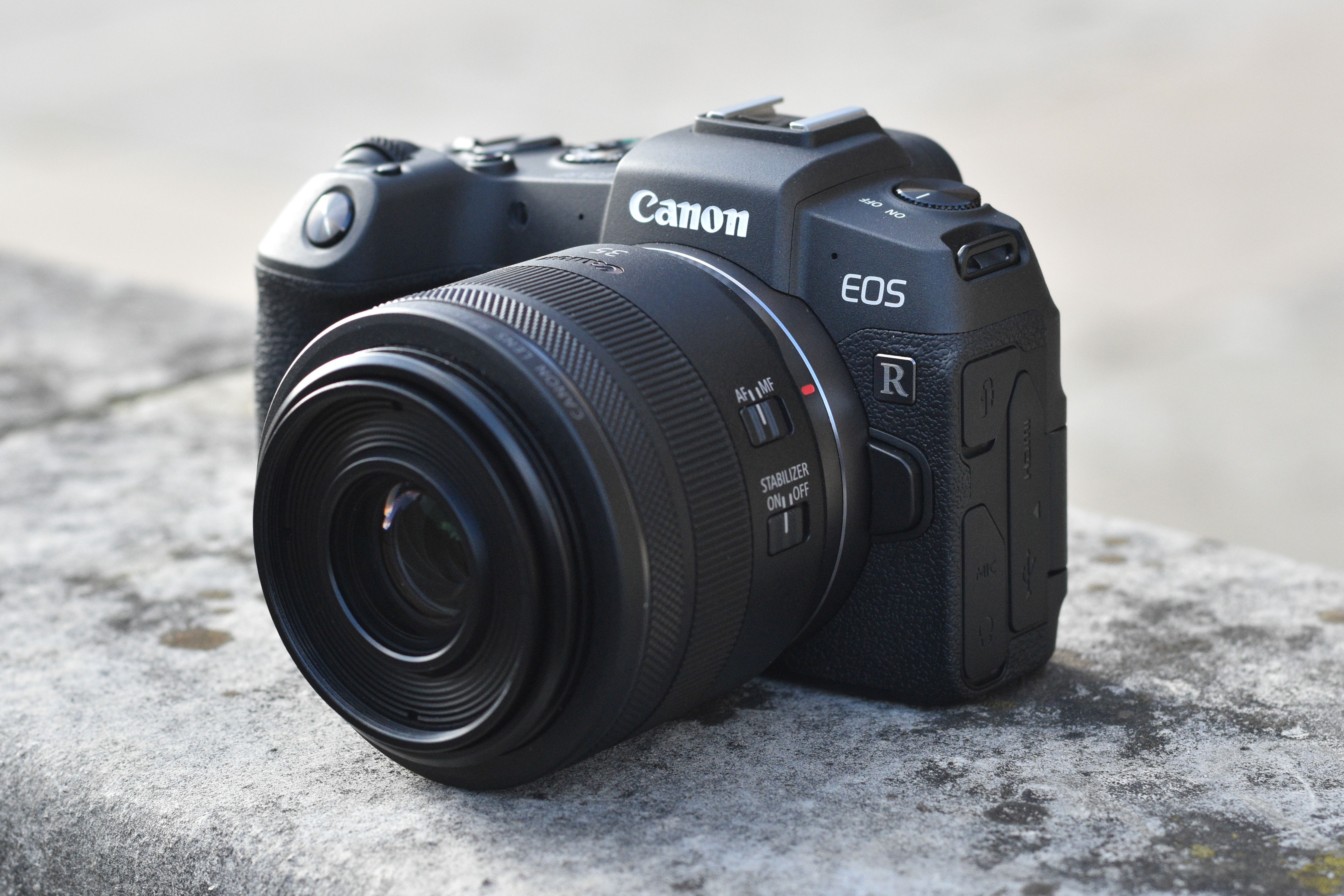
Canon's first full-frame mirrorless camera, the EOS R, delighted in some ways and frustrated in others, but the EOS RP made a much more positive impression. While technically a more junior model and not as fully featured, its much smaller and lighter body, together with a far nicer price, means that it's far more accessible for those who were hoping to make the jump to mirrorless but didn't want to stretch all the way to the EOS R. Without only around 4MP difference between the two you're not really sacrificing much in terms of sensor resolution, while the responsive touchscreen, fast autofocus and deep buffer makes it a pleasure to use in all kinds of situations. Let's hope Canon fills out the lens range with some smaller and more affordable options, as most current options aren't quite the most suitable partners.
- Read our in-depth Canon EOS RP review

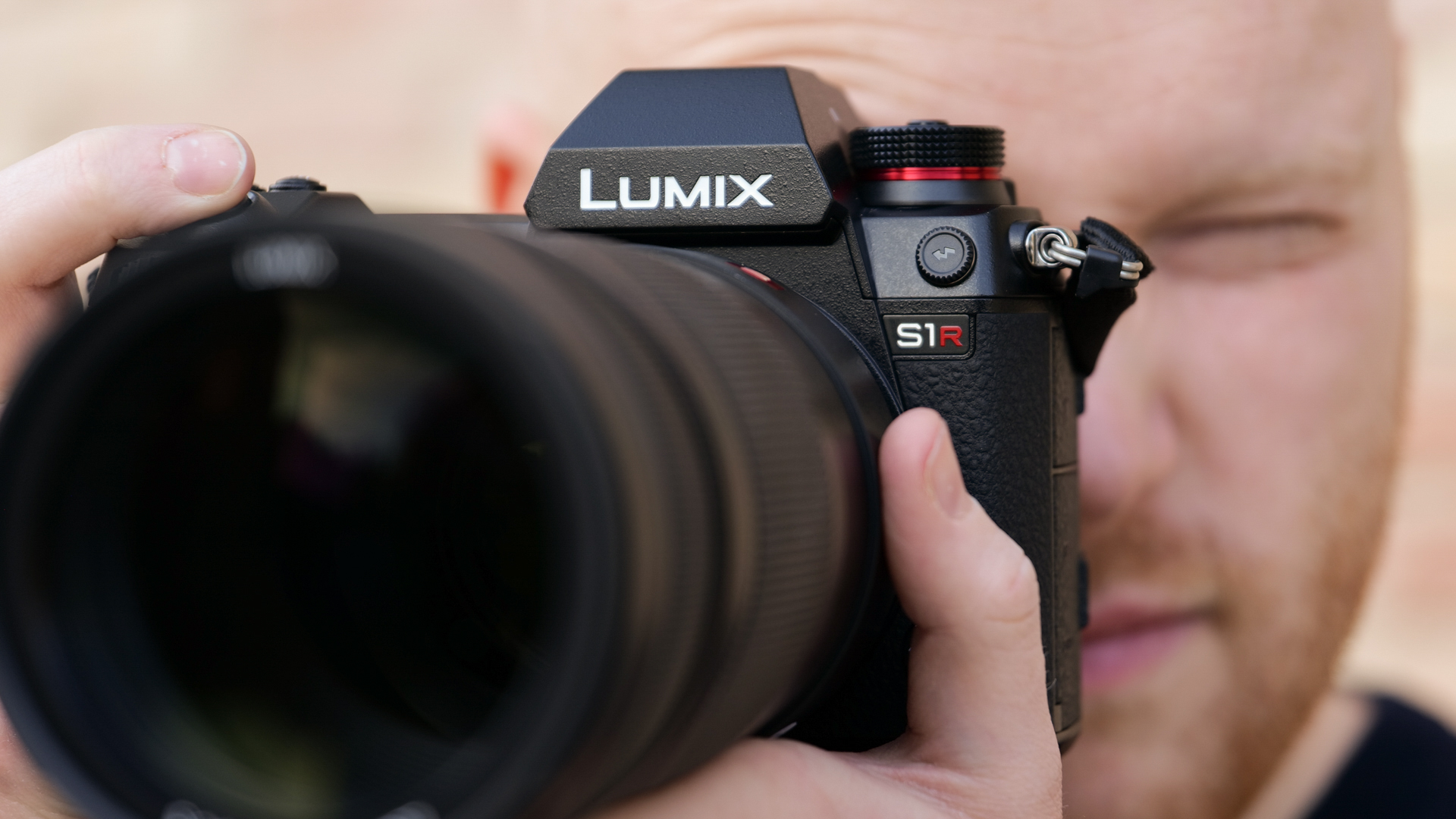
The S1R offers some very impressive tech in a supremely rugged body. The 5.7million-dot viewfinder is, without question, the most impressive on the market right now, while stellar video quality, great image stabilisation and a huge buffer all put a big smile on our face too. At the time of its release, the 47.3MP sensor had the highest number of pixels on any full-frame mirrorless camera too, although it's now been beaten by the Sony A7R IV. Its main party trick, however, is the ability to output 187MP images; quite how often you'll need to print your images to the size of a small country is another matter, but this clearly gives you massive scope for extreme cropping, enlargements to all sizes and homing in on the smaller details in the scene. We have some reservations with the autofocus system, and it's a little on the beefy side too, but for its combination of build, features and overall execution, the S1R scores many points.
- Read our in-depth Panasonic S1R review

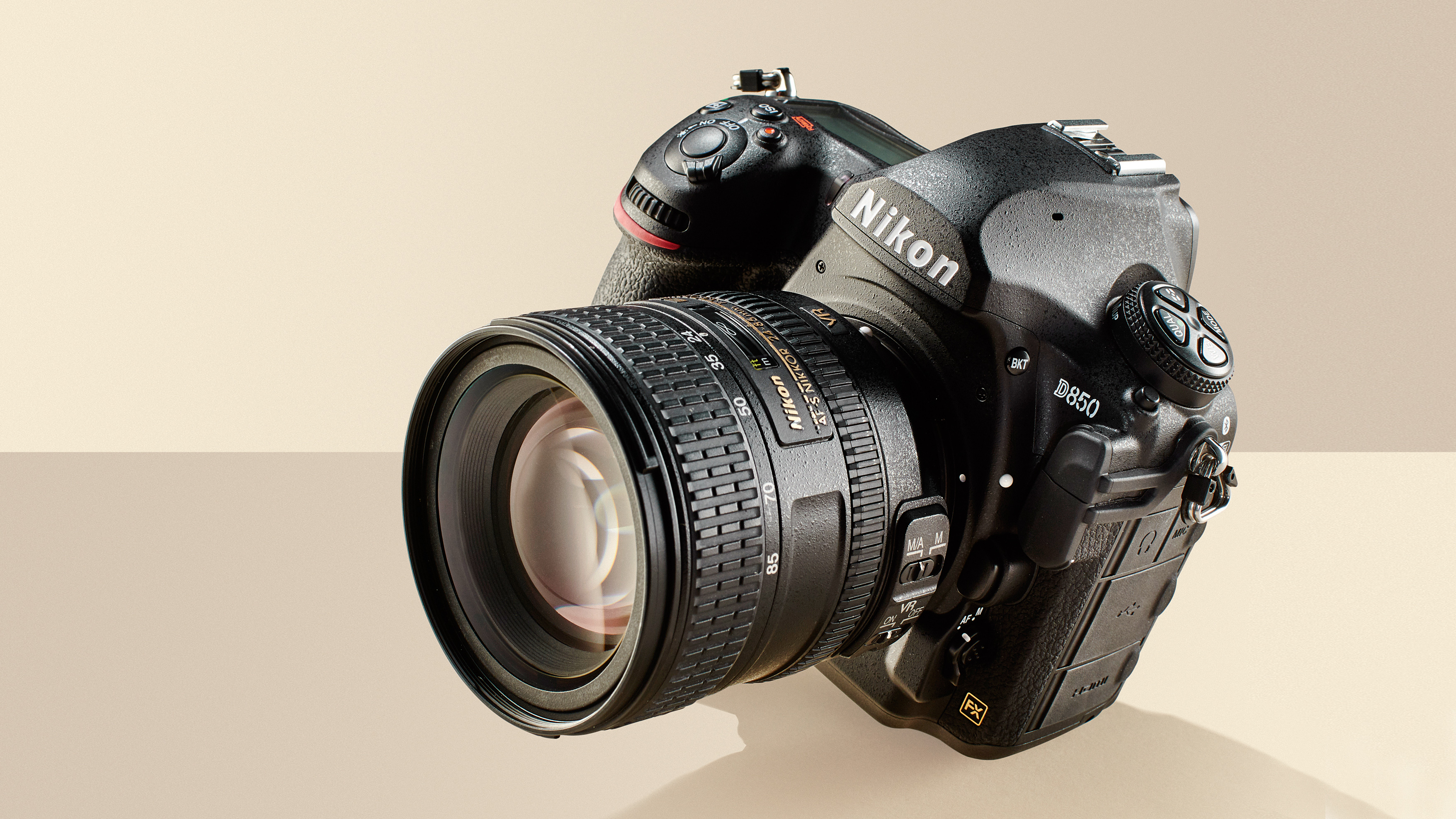
The D850 may have had some of its thunder stolen by the similar Z7 (position 3) but it retains a lot of appeal. It's one of the most advanced DSLRs we've ever tested, with the winning combination of a 45MP full-frame sensor and 7fps burst shooting at its heart, and a wonderful 153-point AF system that makes light work of keeping up with moving subjects. Videos are recorded in 4K quality and are top notch, while build and design are as close to perfect as it gets right now. Its weight and size make the Z7 a little more desirable for most users, but if you're shooting sports or other moving subjects and plan on getting the most out of that focusing system, it's a cracking option.
- Read our in-depth Nikon D850 review

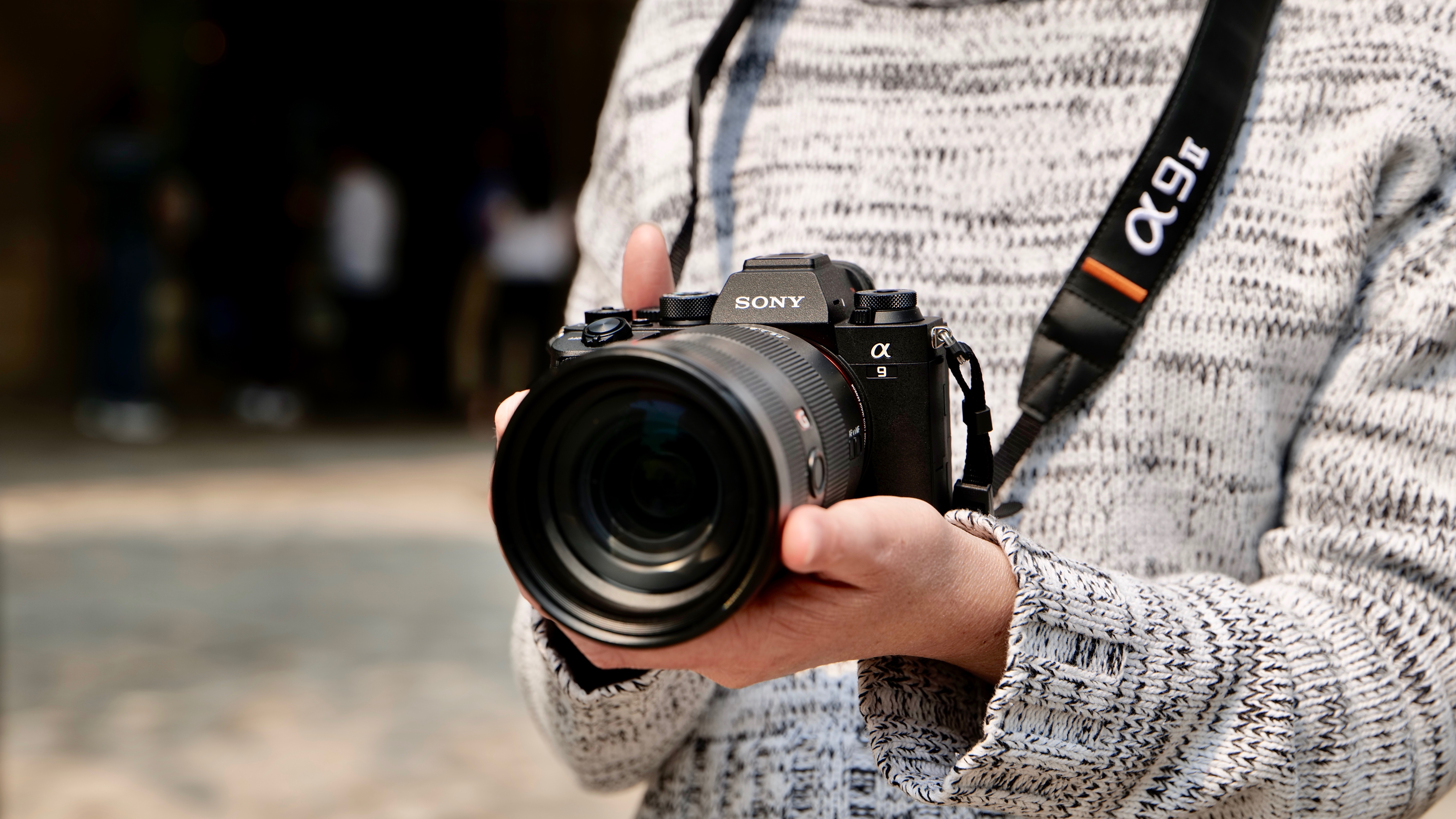
The main mirrorless rival to the incoming Canon 1DX Mark III and Nikon D6 for pro sports photographers, the Sony A9 II builds on the considerable foundation laid by its predecessor, adding dozens of improvements that collectively make it a one of the best cameras we've tested. The main improvements are its deeper grip and boosted 10fps burst shooting with the mechanical shutter. These are added to the refined 693-point AF system, which now offers even better subject tracking than the original Sony A9 and is perfect for sports and wildlife. It's not cheap, of course, but if you're an action fan, you won't find a better mirrorless camera than this.
- Read our in-depth Sony Alpha A9 II review

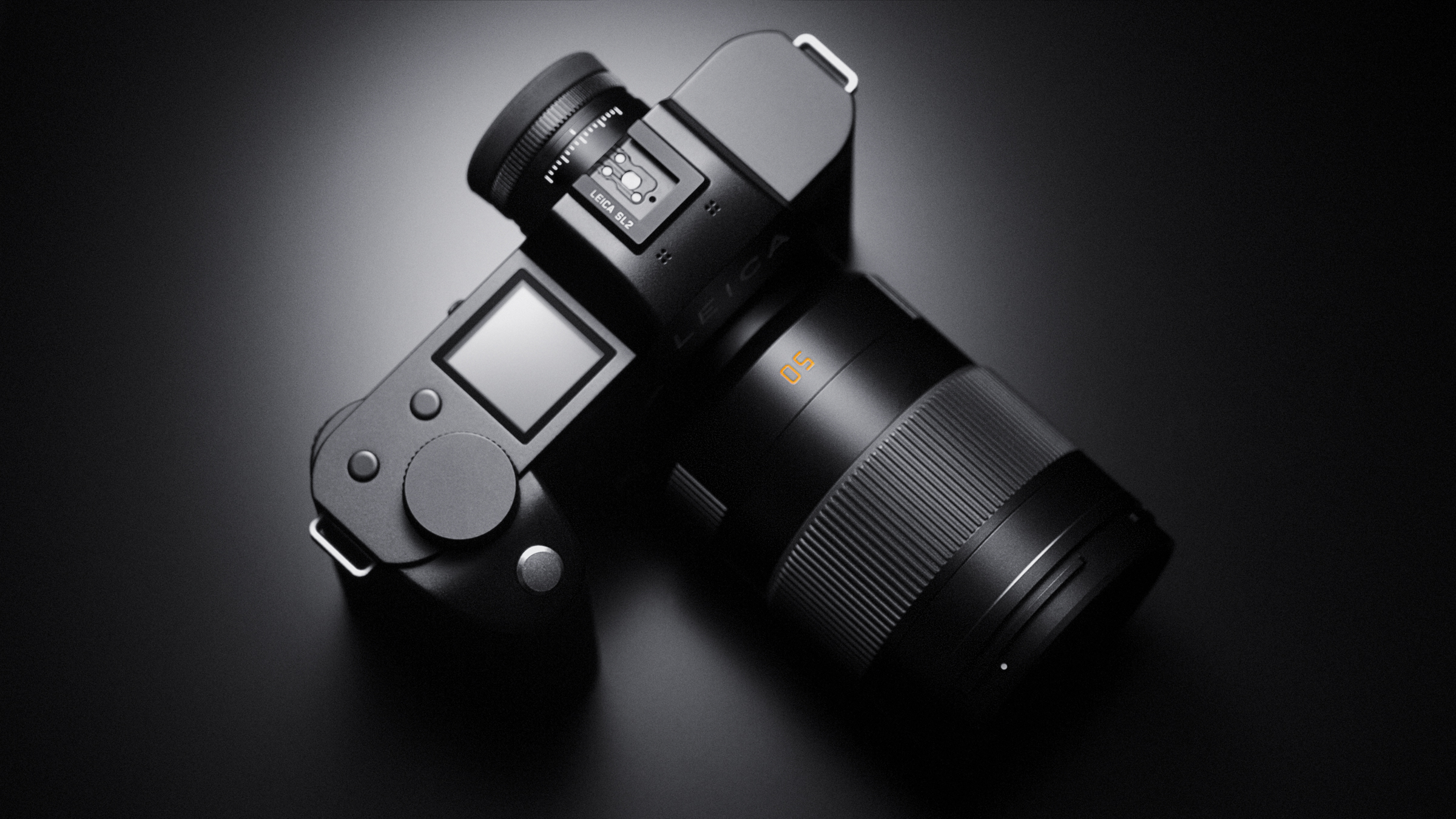
Leica’s most mainstream mirrorless camera to date, the SL2 still offers a look and feel like no other full-frame mirrorless camera.
It’s a weighty beast, but a redesigned handgrip and control panel layout promise excellent ergonomics, complimented by a minimalist array of unmarked, fully customizable buttons and a refreshed user interface. It handles comfortably and feels wonderfully premium, with a distinctive shell milled from durable aluminum and magnesium alloy.
There’s been an even greater overhaul on the inside: the Leica SL2 gets a new 47MP sensor, a new Maestro III processor, a new 225-point autofocus system and a new EVF. It all makes for a package that’s as fast and accurate as any of its Japanese rivals, delivering crisp images, plenty of dynamic range and excellent color reproduction.
Add sensor-shift in-body image stabilization into the mix, together with 5K footage at 30p and full-width 4K DCI and UHD at 50p, and the SL2 shapes up as an impressively versatile tool. The price reflects both the camera’s quality and that undeniable Leica experience – but the SL2 is also refreshingly accessible, and delivers some pretty special results.
- Read our in-depth Leica SL2 review

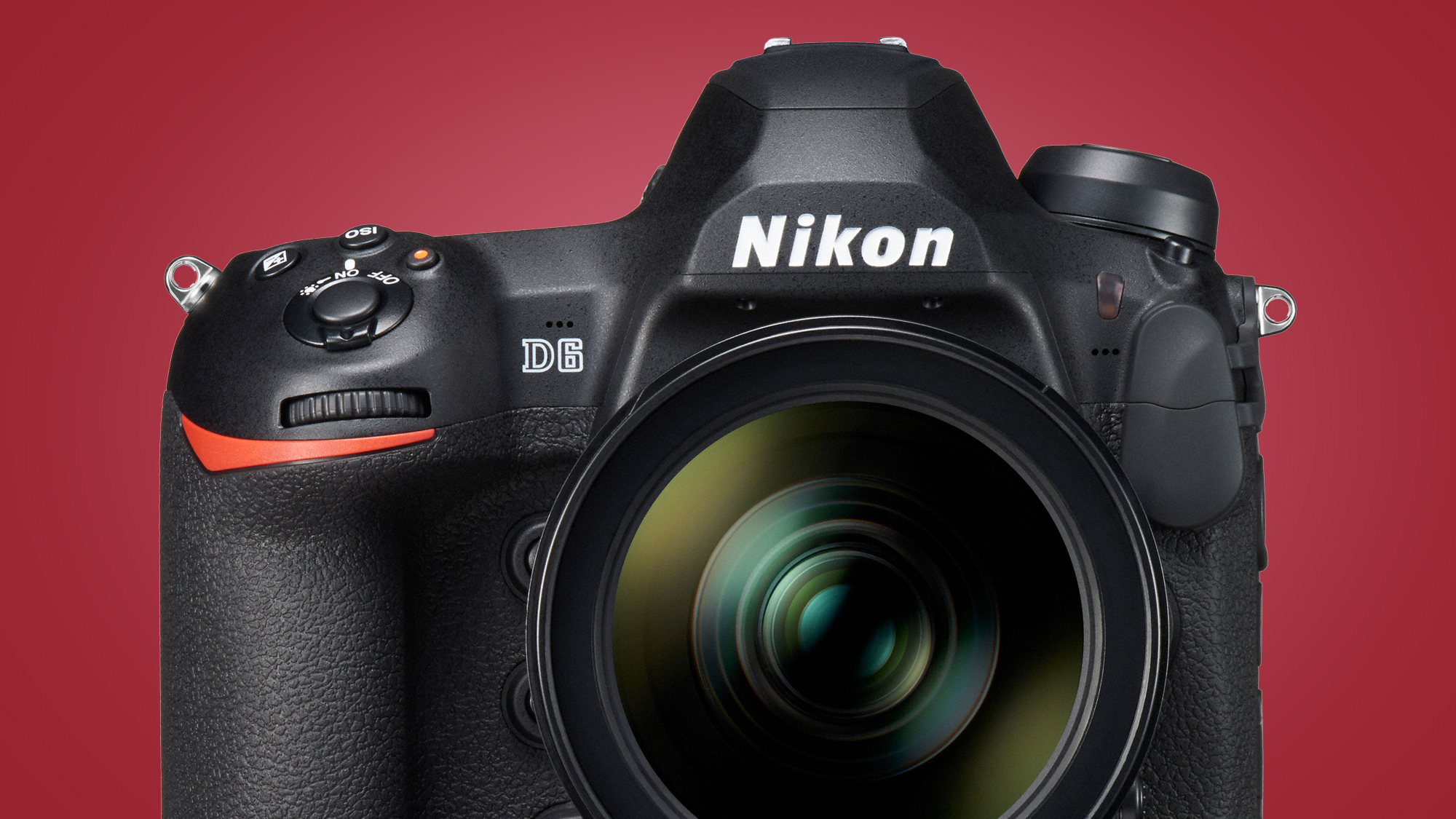
A big, bulky DSLR with a price tag to match, Nikon’s full-frame flagship is overkill for the average enthusiast. But for well-heeled fans of the Japanese brand, the D6 is also a superlative DSLR. Built around the same 20.8MP full-frame sensor as the D5 before it, the D6 benefits from several improvements.
Autofocus is better, the processor is faster and the D6 plays nice with CFExpress cards. There’s also in-built Wi-Fi for easier offloading. Taken together, those upgrades amount to a decent overhaul. Tracking is super-fast, while image quality is predictably outstanding. You can, though, get faster frame rates and equally impressive autofocus in smaller, cheaper mirrorless packages – and the D6’s sub-par Live View focusing and video performance don’t help.
Then again, few cameras offer the same shooting and handling experience: built like a tank, the D6 delivers all the tactile controls and dials you’d expect, as well as three displays for all-access info. In truth, it’s a camera best reserved for the pros – or serious enthusiasts who are already invested in the Nikon ecosystem.
- Read our in-depth Nikon D6 review
Also consider...
Looking for something a bit cheaper? Here's a great value full-frame option:
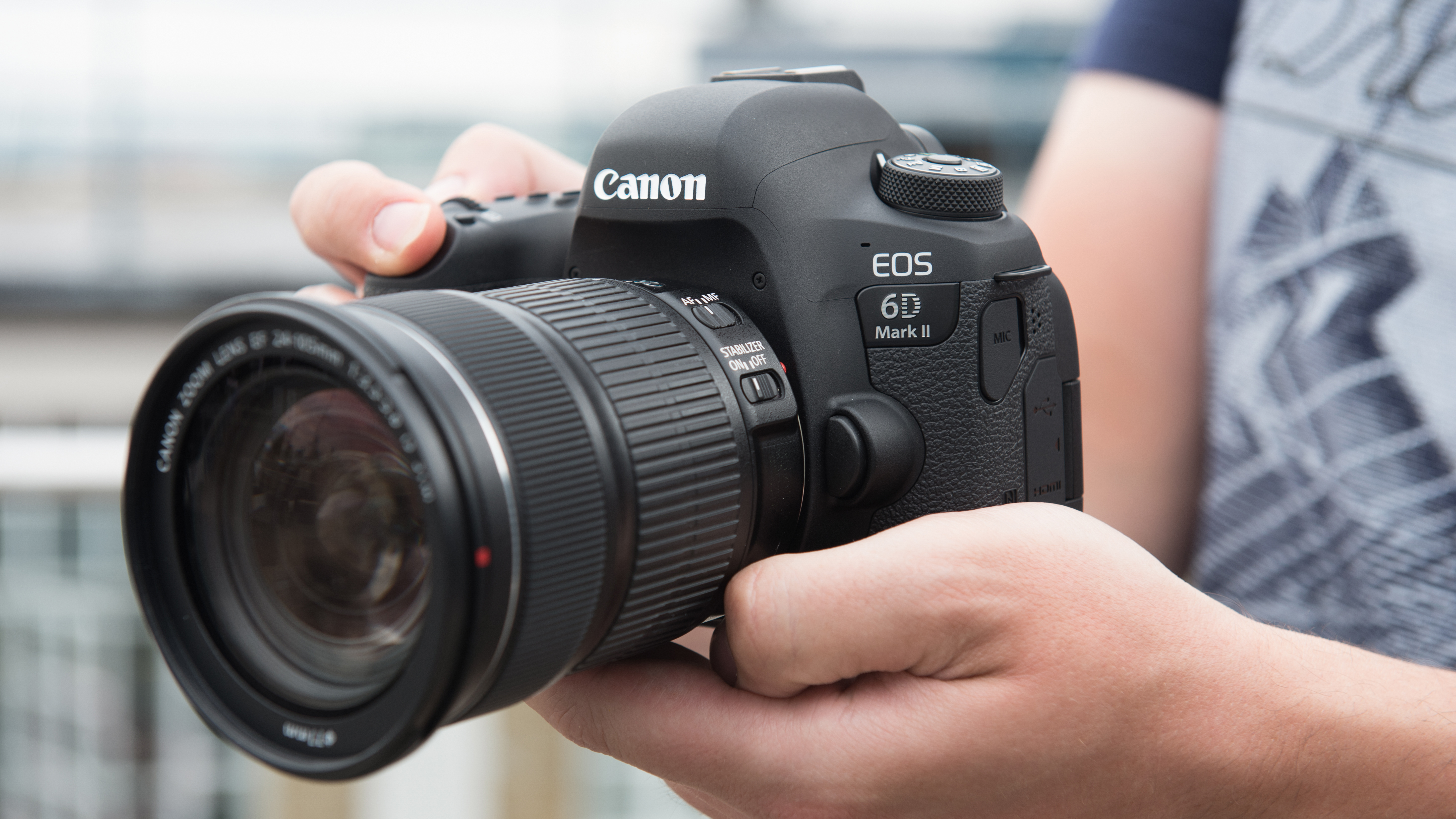
When the original EOS 6D launched, it offered the best bang for your buck and that trend continues with the second generation DSLR – the EOS 6D Mark II still offers an an excellent entry into the full-frame market. Released in 2017, it has a significant bump in features over it's predecessor, including a higher sensor resolution at 26.2MP, a better autofocus system with 45 cross-type AF points, 6.5fps burst speed and introduces touchscreen functionality to the 6D line. Performance in the real world is smooth and you won't find much to complain about in terms of image quality. And you get all that for around $1,500 / £1,349 / AU$1,999, which is very good value for money.
- Read our in-depth Canon EOS 6D Mark II review

Not sure whether to buy a DSLR or mirrorless camera? Check out our guide video below.

- Best camera
- Best entry-level DSLR
- Best DSLR
- Best mirrorless camera
- Best 4K camera
- Best compact camera
- What camera should I buy?
- Mirrorless vs DSLR: 10 key differences
- Camera rumors



Leica’s most mainstream mirrorless camera to date, the SL2 still offers a look and feel like no other full-frame mirrorless camera.
It’s a weighty beast, but a redesigned handgrip and control panel layout promise excellent ergonomics, complimented by a minimalist array of unmarked, fully customizable buttons and a refreshed user interface. It handles comfortably and feels wonderfully premium, with a distinctive shell milled from durable aluminum and magnesium alloy.
There’s been an even greater overhaul on the inside: the Leica SL2 gets a new 47MP sensor, a new Maestro III processor, a new 225-point autofocus system and a new EVF. It all makes for a package that’s as fast and accurate as any of its Japanese rivals, delivering crisp images, plenty of dynamic range and excellent color reproduction.
Add sensor-shift in-body image stabilization into the mix, together with 5K footage at 30p and full-width 4K DCI and UHD at 50p, and the SL2 shapes up as an impressively versatile tool. The price reflects both the camera’s quality and that undeniable Leica experience – but the SL2 is also refreshingly accessible, and delivers some pretty special results.
- Read our in-depth Leica SL2 review


Leica’s most mainstream mirrorless camera to date, the SL2 still offers a look and feel like no other full-frame mirrorless camera.
It’s a weighty beast, but a redesigned handgrip and control panel layout promise excellent ergonomics, complimented by a minimalist array of unmarked, fully customizable buttons and a refreshed user interface. It handles comfortably and feels wonderfully premium, with a distinctive shell milled from durable aluminum and magnesium alloy.
There’s been an even greater overhaul on the inside: the Leica SL2 gets a new 47MP sensor, a new Maestro III processor, a new 225-point autofocus system and a new EVF. It all makes for a package that’s as fast and accurate as any of its Japanese rivals, delivering crisp images, plenty of dynamic range and excellent color reproduction.
Add sensor-shift in-body image stabilization into the mix, together with 5K footage at 30p and full-width 4K DCI and UHD at 50p, and the SL2 shapes up as an impressively versatile tool. The price reflects both the camera’s quality and that undeniable Leica experience – but the SL2 is also refreshingly accessible, and delivers some pretty special results.
- Read our in-depth Leica SL2 review
from TechRadar - All the latest technology news https://ift.tt/3rfBsUI


